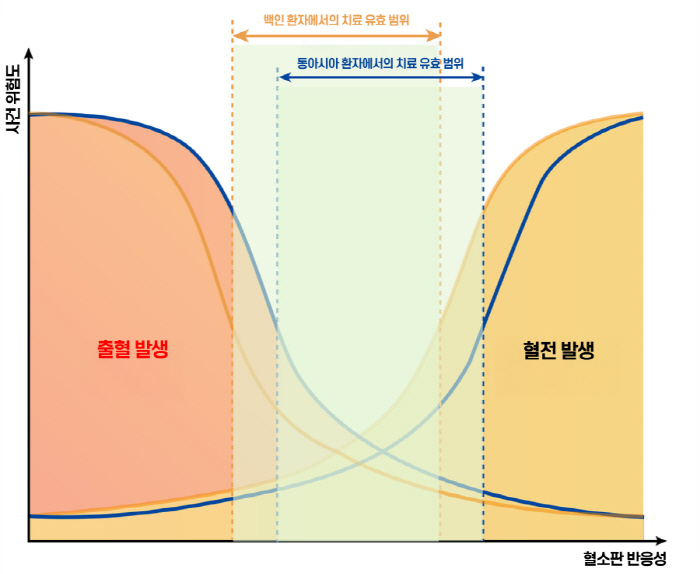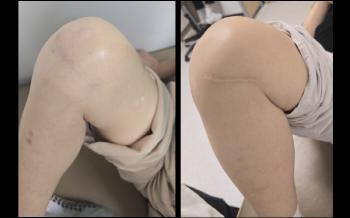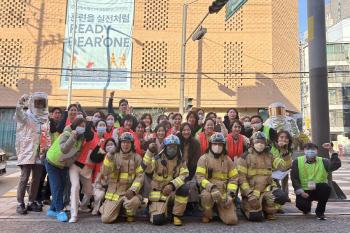East Asians at high risk of bleeding when using antiplatelet drugs should have different treatment standards
|
The recommendation, which was conducted in collaboration with the Chinese Heart Association, was published in the July issue of the American Heart Association, JACC: Asia.
The recommendation is significant in that it is an agreement involving cardiology authorities from East Asian countries such as South Korea, China, Taiwan, and Singapore. It is expected to be an important milestone in cardiovascular treatment at home and abroad as a result of further specifying cardiovascular precision medicine based on 'East Asian Paradox' that Professor Chung Young-hoon has continuously developed.
◇'East Asian Paradox' reflecting East Asian characteristics
Professor Chung Young-hoon's first proposal in 2012 'East Asian Paradox' is a concept that originated from the fact that blood clots, bleeding patterns, and drug reactions are different from those of Westerners when using anti-thrombotic drugs in the treatment of cardiovascular diseases in East Asians such as Korea, Japan, China, and Taiwan.
According to Professor Jeong's research, East Asians are predicted to have a high risk of developing blood clots after stenting due to their low reactivity to clopidogrel, an antiplatelet drug. However, in actual clinical practice, the incidence of thrombotic complications is low, but rather, a paradoxical phenomenon has been confirmed in which more side effects of bleeding occur. This is the starting point of a concept called 'East Asian Paradox'.
Due to these characteristics, concerns have been steadily raised that excessive bleeding risk may occur if the European and US-based antiplatelet treatment strategy is applied to East Asian patients. Accordingly, the need for customized treatment strategies for East Asians is constantly being emphasized, and Professor Chung is actively conducting various mechanism studies to support this.
◇If the European and U.S. standards are applied as they are, the risk of bleeding may be higher
This recommendation pointed out that long-term use of P2Y12 inhibitors (Tikagrelor and Prasugrel), considered the standard treatment for patients with acute myocardial infarction in Europe and the United States, in East Asian patients without weight loss may have similar ischemia preventive effects but a higher risk of bleeding.
This trend was also confirmed in the results of large-scale clinical studies conducted in Korea and Japan. In fact, ticagrelor had up to two times higher incidence of bleeding than clopidogrel, but there was no significant difference in the effectiveness of preventing ischemia. Accordingly, the recommendation limits high-intensity antiplatelet treatment (standard dose ticagrelor and prasugrel) to 1 to 3 months in general, and after that, step-by-step reduction therapy such as discontinuation of aspirin, dose reduction, or change to clopidogrel is actively recommended.
Professor Young-Hoon Jung emphasized that "the standard treatment in the West does not guarantee the same effect in East Asian patients" and that "customized treatment strategies based on careful evaluation of hemorrhage risk are needed"."
In addition, Professor Jeong said that existing Western-centered bleeding risk assessment tools, such as "ARC-HBR, do not fully reflect the physiological and physical characteristics of East Asians." Accordingly, the recommendation emphasized the need for more sophisticated evaluation criteria, including underweight (male 55kg or less, female 50kg or less) and frailty.
◇Long-term monotherapy, clopidogrel should be preferred over aspirin
The recommendation emphasized not only the 'early now therapy step-by-step reduction therapy', but also the 'early monotherapy transition' strategy. It emphasized the limitations of aspirin-based monotherapy, which have been emphasized in existing Western recommendations. This is intended to supplement the limitations of aspirin-based monotherapy, which have been focused on in existing Western recommendations.
According to the results of several recent clinical trials (HOST-EXAM, SMART-CHOICE 3, STOPDAPT-2, STOPDAPT-3) actively conducted in East Asian countries such as Korea and Japan, long-term use of clopidogrel alone did not increase the risk of bleeding compared to aspirin monotherapy and significantly reduced the occurrence of ischemic events.
Accordingly, the recommendation recommended that clopidogrel monotherapy be applied first over aspirin in most clinical situations. This is a measure that reflects the clinical results that long-term maintenance of therapy does not reduce ischemic events in East Asians, but only increases the risk of bleeding.
◇The starting point of a new treatment paradigm for East Asians
Professor Young-Hoon Chung said, "This agreement is the starting point of a new treatment paradigm that can be used in common throughout East Asia. We will continue our research to lead to the development of a risk assessment system and standardization of treatment guidelines in the future.'
In addition, "'East Asian Paradox' is not just an early observation, it must now be established as a key concept in the design of treatment strategies"We hope this agreement will serve as the basis for establishing a strategy for treating Korean antiplatelet drugs."," he stressed.
|
This article was translated by Naver AI translator.





